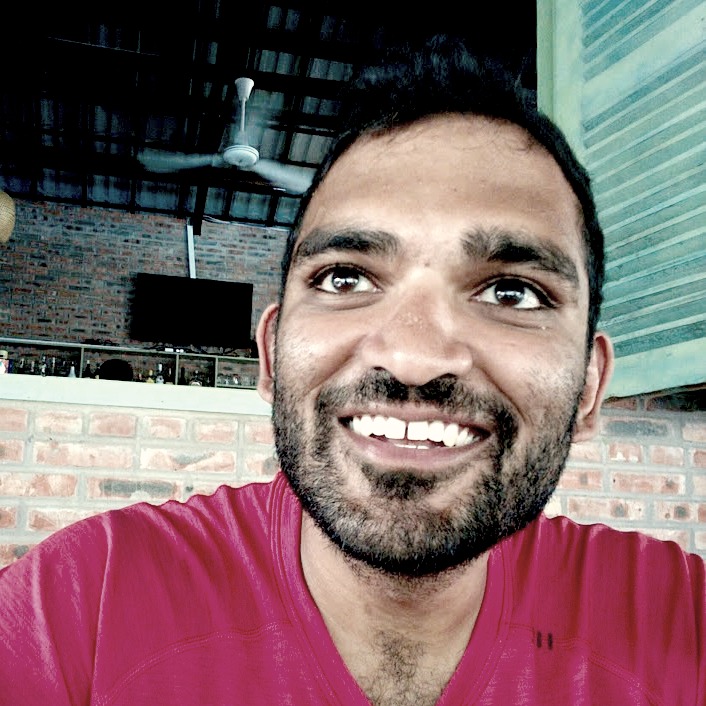Mera Bharat Mahan: My 2016 Visit to India
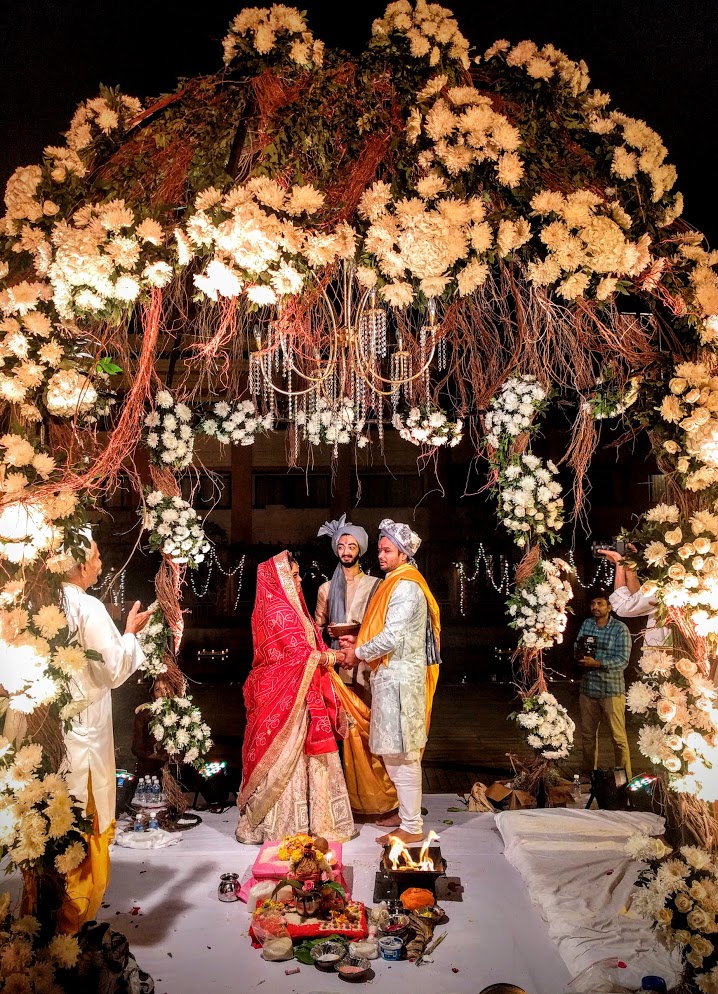
Just two days after the election, I followed through on what could have been construed as a much needed escape plan and flew to India. Truth be told I would have gotten on that plane even if our country didn’t elect a budding despot as our Commander in Chief.
This trip, the sixth in my life, was to witness the wedding of my niece Iya and her long-time boyfriend Nikunj.
Click for full photo album
I had been to many Indian weddings in the States, but this was the first one I had attended in India that I would actually remember. The only other time I had this pleasure was when Iya’s mother, my Didi, got married 28 years earlier. Having been only two years old, I only remember what people tell me.
#NIKISH
Needless to say, I was excited to see my eldest niece enter the next phase of her life. And my expectations were absolutely exceeded. The colors, the food, the dancing, the energy, the love, the laughter, the drama, the clothes - all of it. Let’s just face it: India does it better.
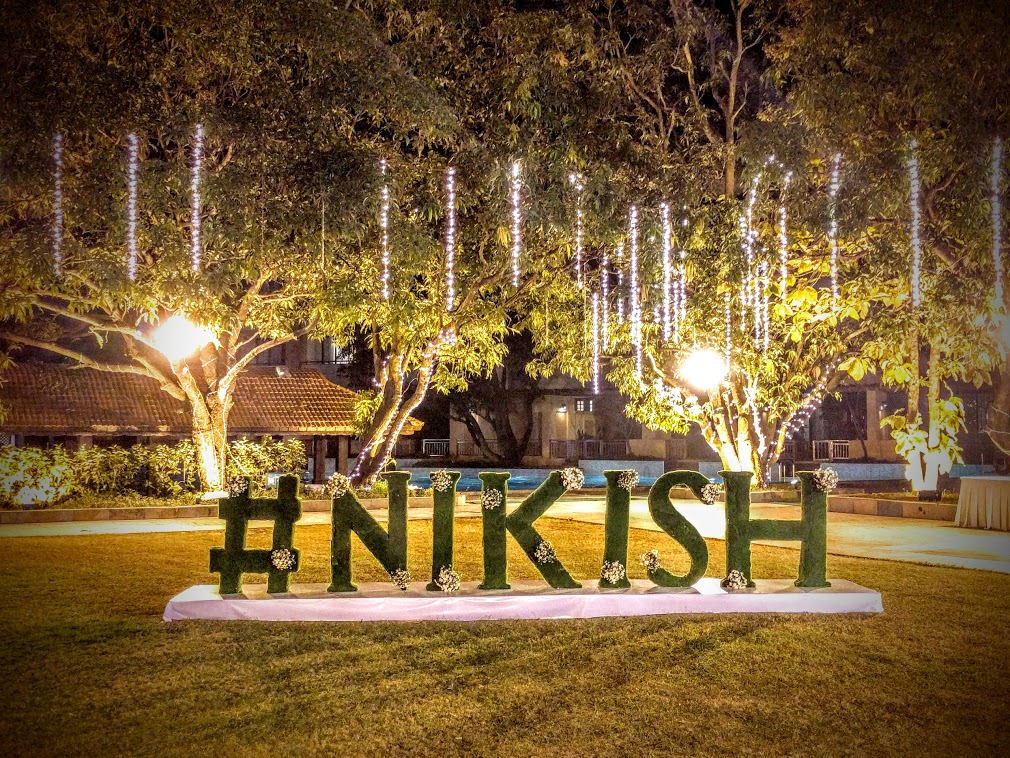
The wedding fulfilled the widely held stereotype of being a multiple day affair - six to be exact. The first two took place in our family hometown of Pune. The last four days took place at the Radisson Blu resort in a coastal town called Alibaug located four hours away. One or more events occurred on each of the six days, acting as distinct steps towards a well-blessed and long-lasting matrimony.
Day 1 - Haldi & Kelvan
Haldi, or Turmeric, is applied to the bride and groom’s face and body in an effort to bring about a semi-natural glow to their skin. This tradition likely started before the advent of blush. In the evening, my mom and I hosted the bride and our immediate family for a dinner, known as a Kelvan.
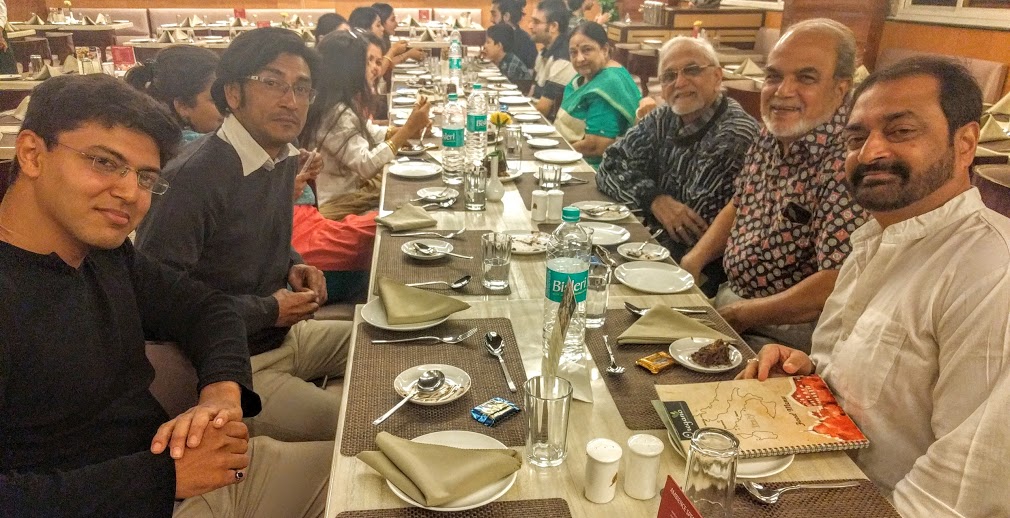
Day 2 - Mehndi
Mehndi, or Hennah, is applied to the women that temporarily decorates their skin. Cue the “oh my god that’s so pretty!” The boys got the hashtag in Mehndi in an effort to play an active role in bucking the traditional Indian gender roles. It had nothing to do with us feeling left out.
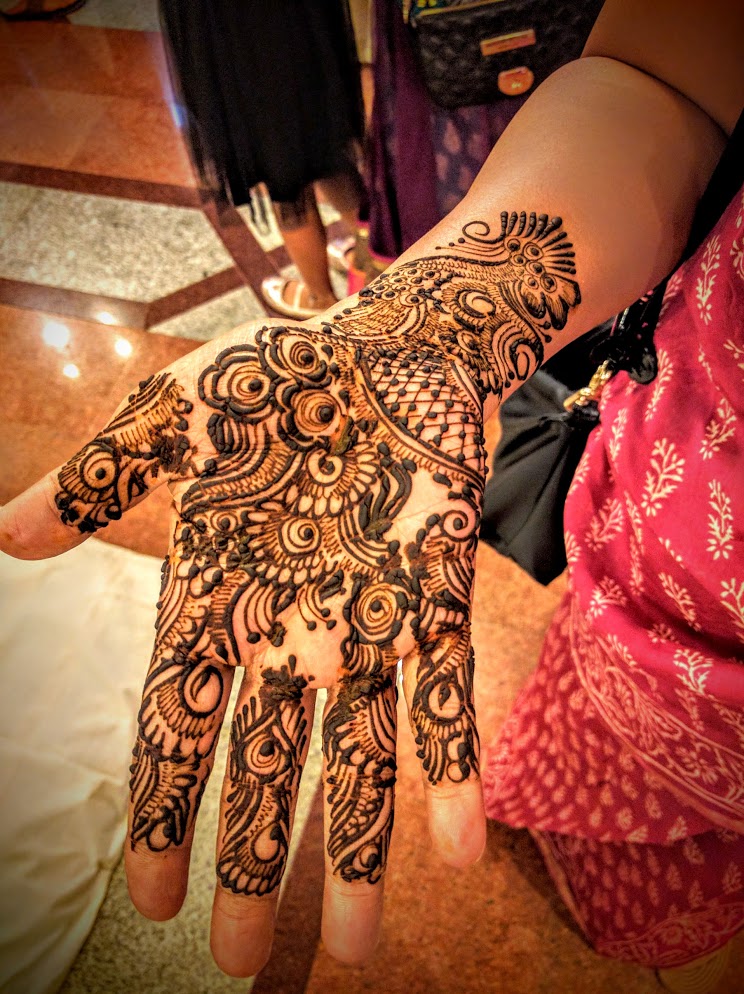
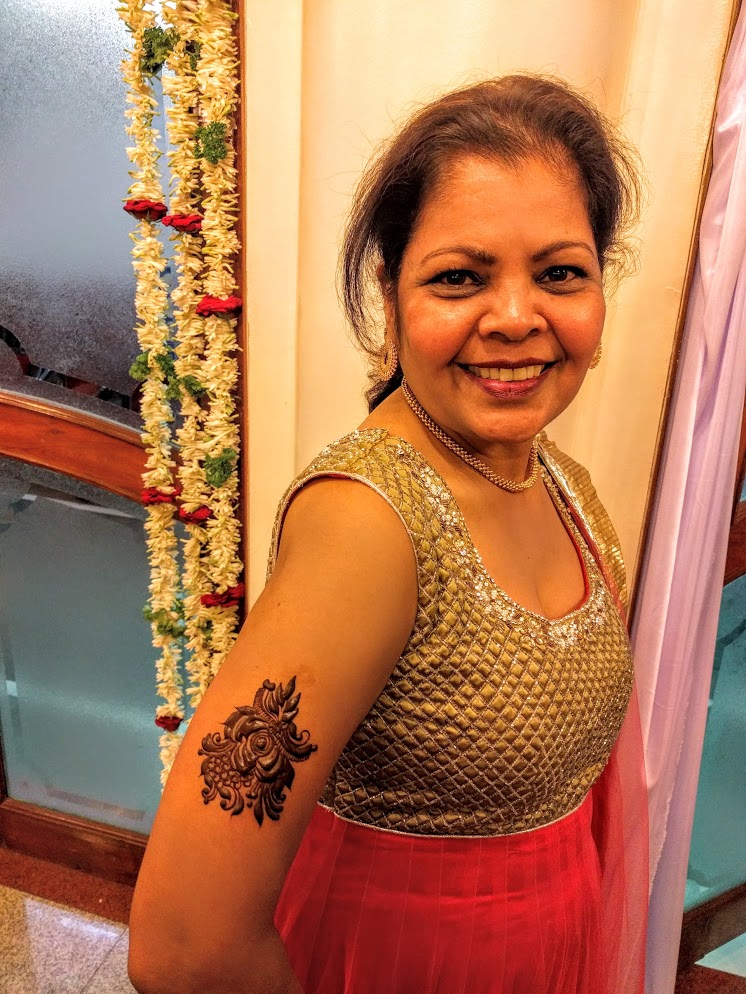
Day 3 - Vyahi Bhojan
The bride and groom’s families meet for the first time, over a very formal dinner. This was more banquet than anything else, and the theme was apparently “Loud AF.” One guy had a tie made up of triangular golden mirrors stitched together, reflecting what could only be the bewildered expressions by everyone that noticed. The night ended with a piano bar sing along, but instead of Western classics like Piano Man and Hotline Bling, it was all Hindi songs. I sat politely, nodded my head, and smiled at the right moments.

Day 4 - Welcoming the Guests & Sangeet
The families welcome the guests with much fanfare. In the US, we have one dhol player that ushers the groom on his final descent from bachelorhood. At this wedding, there were four dhol players that made every arriving guest - from the most cherished friend to that random auntie that no one really knew - feel like a Bollywood superstar.
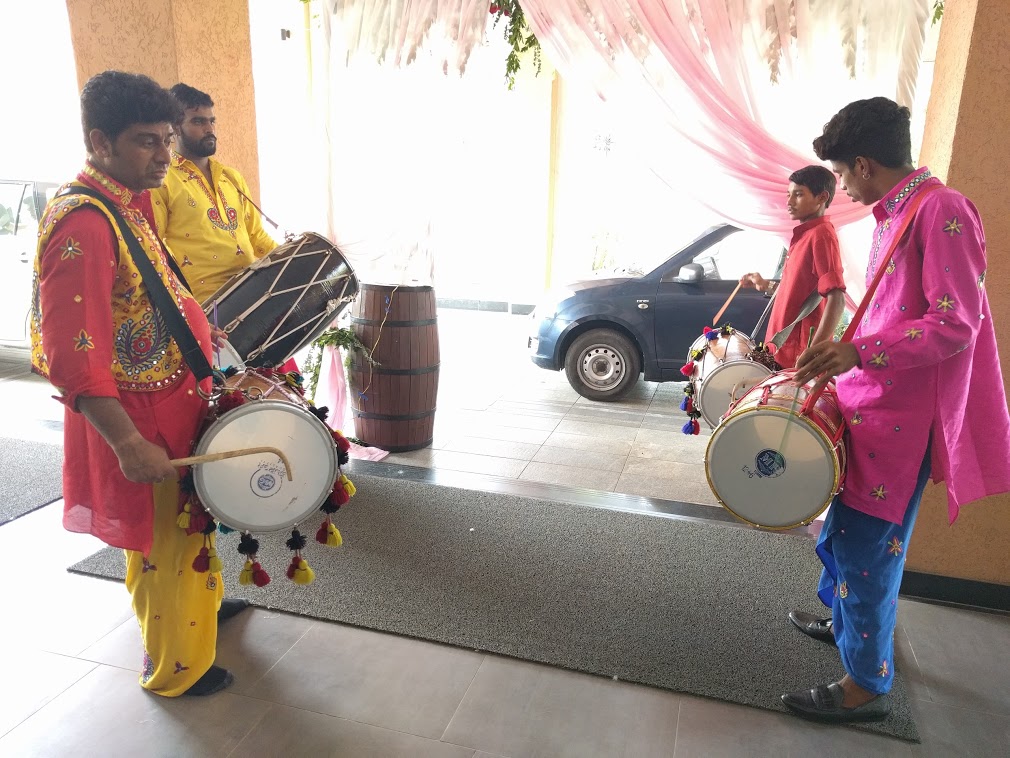
At night was the Sangeet. In a Sangeet, all who wish to display their affection for the bride and groom do so by a display of song and dance. This often times serves as the reception in lieu of the traditional post-ceremony western party. In this Sangeet, Iya and Nikunj also did their own performance, literally setting off fireworks. The entire series of dances took over 30 minutes and every second was pre-planned. This dance rivaled that of the typical college Indian culture show - a stage, professional lights, a professional choreographer, smooth transitions, and pyrotechnics that would just never end. Afterwards, everyone got down on the dance floor in a party that didn’t stop until the morning came.
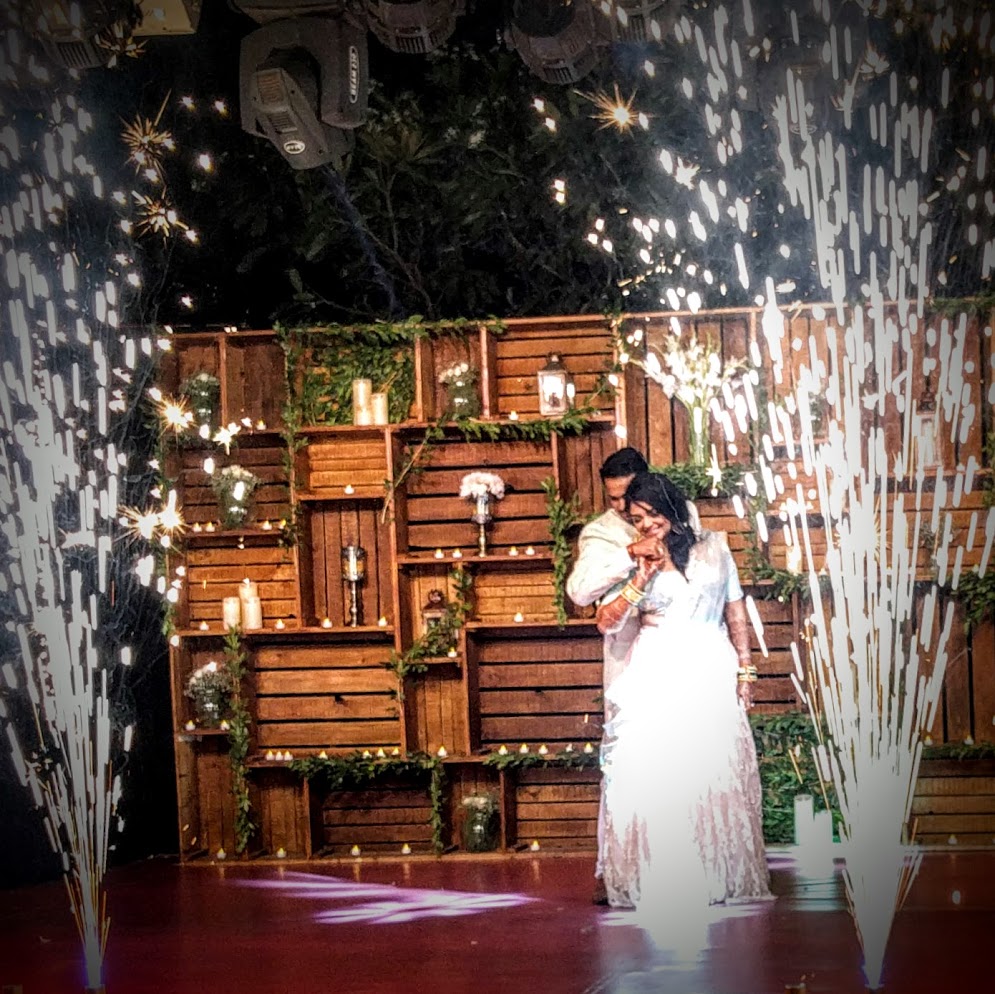
Day 5 - Picnic & Ceremony
During the day, guests were treated to a garden picnic, complete with a multi-cuisine buffet, live band, and DJ. A flash mob even showed up.
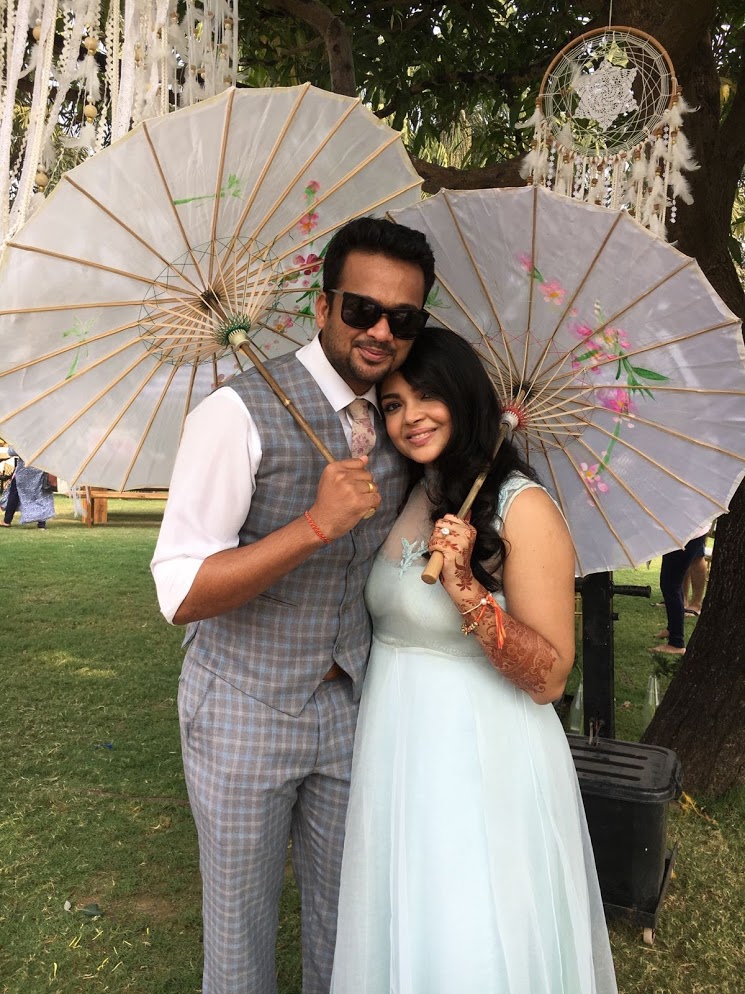
At night was the grand finale - the wedding ceremony. I, along with Iya’s three other Mamas (Uncles), had the privilege of walking her down the aisle under a flower canopy. We even got to wear the typical wedding turban. The bride and groom went through a two hour ritual on the altar, and then - after our side hijacked the Nikunj’s foot (in lieu of stealing his shoe, given we utterly failed at that) and extorted him for money - ate their first meal together surrounded by the groom’s, and at that moment onwards, the bride’s, side of family.
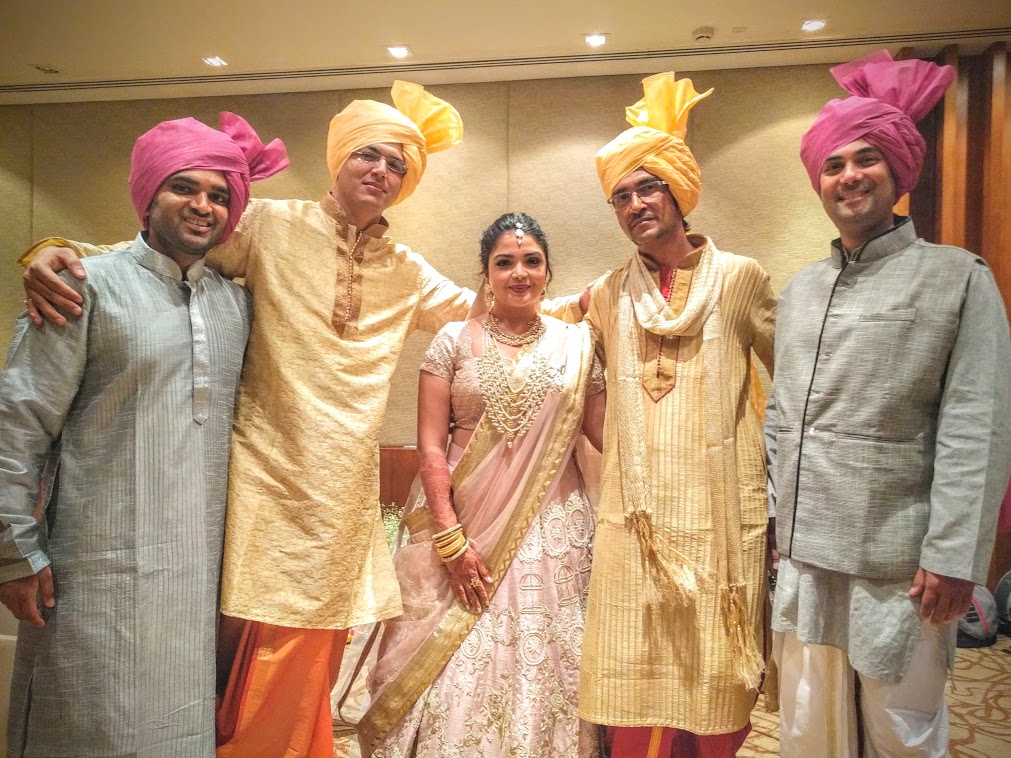
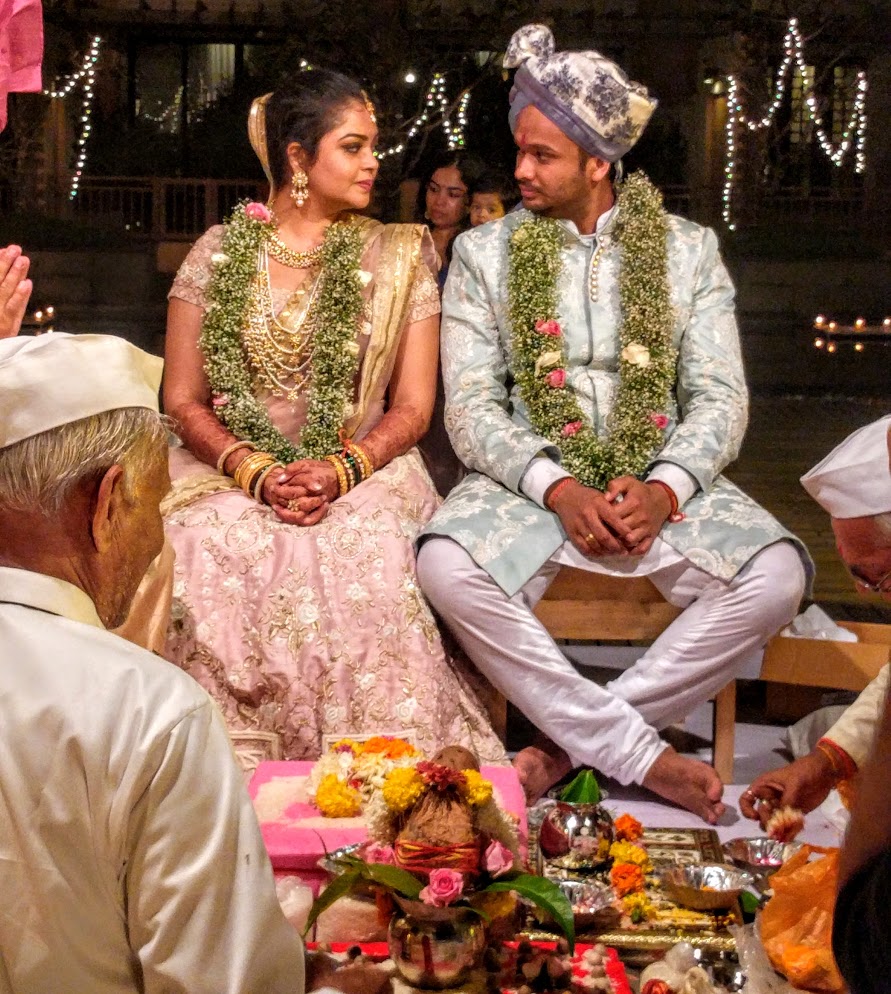
Day 6 - Bidaai
The morning after, the bride’s side came together to wish a final farewell to Iya as she took her place in Nikunj’s family. Like many aspects of this wedding, this was more ceremonial than anything else. The Bidaai had more practicality back in the days when the women would actually not see their birth family for years after the wedding. Nowadays that particular societal norm is all but extinct, leaving behind only the wedding ritual.
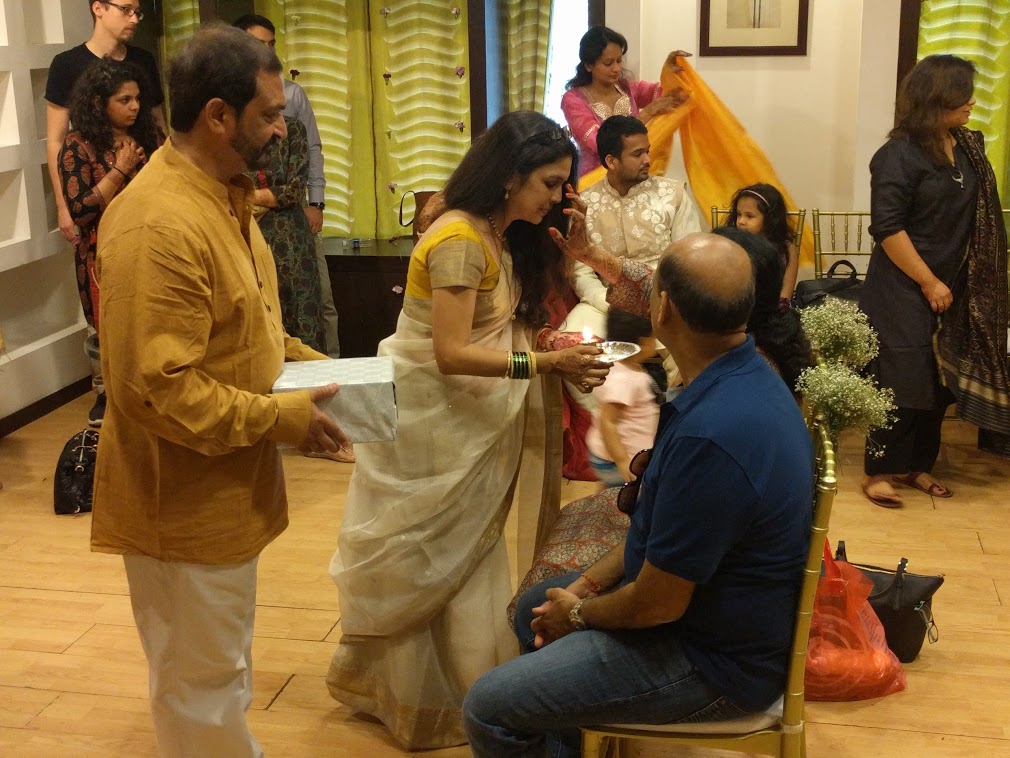
And with that, we come to a close. Iya had become an Agarwal, and I had become ten pounds heavier.
Click for full photo album
A New Normal - Saying Goodbye to Mothiaai
After the wedding I spent several days with my mom visiting family on both hers and my Dad’s side. We stayed in Bombay for two nights and then headed to Pune for a few more. This was the routine I was used to when coming to India. House to house and family to family, catching each other up on all the things that have gone on in the three years since we last met.
There was one major, solemn difference this time around. In a whirlwind that came as quickly as it left, my grandmother Mothiaai fell sick and passed away in October. My Dad had the fortune of being by her side during her final days, but I had missed her by only a few weeks. This was a tough loss for our family, and one that happened a bit unexpectedly given how healthy she was even through August.
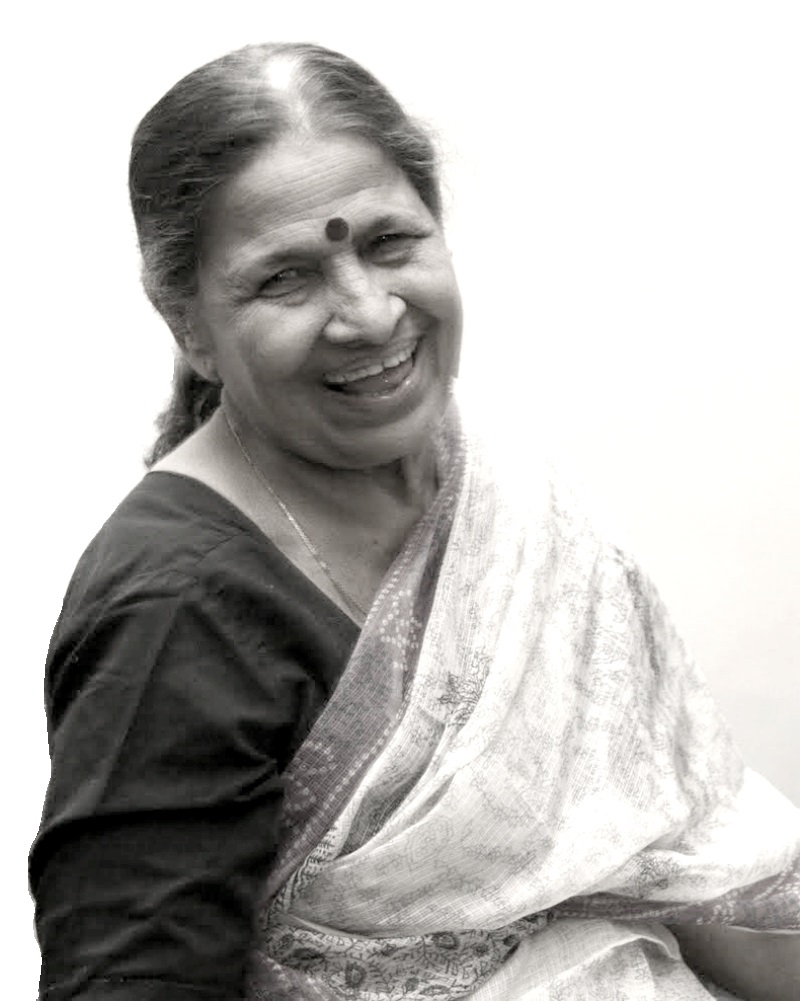
She had lived a long, fulfilled life - one that warrants true celebration. She dedicated her days to curing people’s ailments through homeopathic healing. In her free time, she traveled extensively - she had just planned a trip with one of my Dad’s sisters to visit the Andaman Islands just before she got sick in September. If you’ve ever wondered where I inherited my wandering feet, look only at my Mothiaai.
Her passing was certainly a cloud that hung low over my India trip. Walking into her home in Pune was a bit of a weary experience. It was a home filled with memories and mementos, yet with an emptiness that will now never fade.
We’ll miss you, Mothiaai.
A Solo Adventure
After making the rounds with the family, I ventured out to the South and explored a few cities and regions there for just under two weeks. This was another first for me - while I have traveled extensively on my own everywhere else in the world, this was the first time I had done so in India. Usually when I go to India, I’m kept on a bit of a leash. Pampered like a princess. Coddled like a child. No, not this time. This time I’d show everyone, I’d show myself, that I could handle myself in the chaos that is India. And that I did, with no trouble at all. I took local buses and local trains, ate at street stalls, stayed in hostels and hotels and resorts, rented two wheelers, and made it through it all without losing a single limb.
Chennai, Pondy, and Auroville
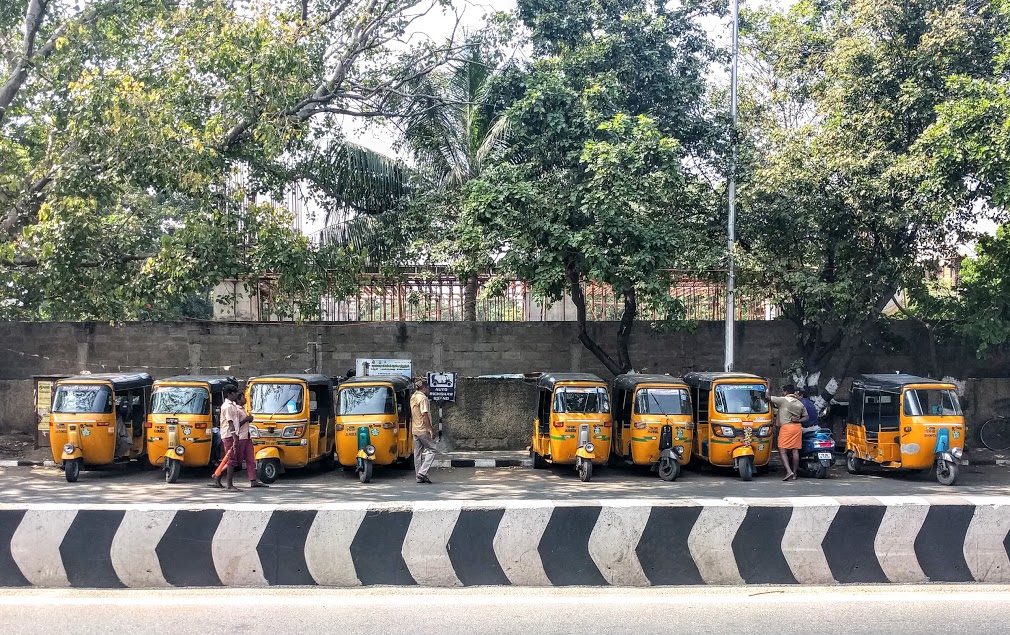
For the first week, I flew to Chennai, and made my way to Pondicherry and Auroville. I think I would have appreciated it all more had I stayed a bit longer. There was something about Chennai that just rubbed me the wrong way. It wasn’t just the fast, noisy, city life - that kind of chaos and crowd is there in Bombay too, and the latter still has a charm that I didn’t find in the former. That soul that seems so vibrant in Bombay was at best hidden from my view and at worst not at all existent in Chennai. I’d be surprised if there isn’t at least one of you reading this who vehemently disagrees. The onus is on you to prove me wrong.

I think I would have enjoyed Pondy more had I not spent so much time in New Orleans. They are different, to be sure, but with just enough similarity that being in Pondicherry just made me miss the Big Easy. They are both former French colonies that sit on the water - the gridded street plan, the architecture, the cafes and the relative pace of life were all reminiscent of New Orleans, yet not so much that so to exceed my experience.
If I do come back, I’ll likely stay on a farm in Auroville, and for no shorter than a week. This time around I was only able to visit the famous Matrimandir, and even at that was only able to observe the outside from a distance.
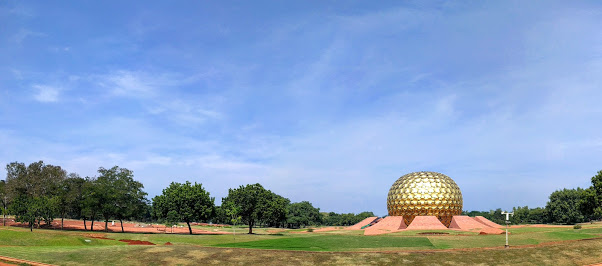
For those who don’t know, it’s a Utopian society. The founder, the Mother of the nearby ashram, wanted to build a community that was self sustaining and accepting of people from all backgrounds and faiths. No one owns property, and there is no exchange of currency - everyone contributes to the community in some productive manner and works together to ensure all inhabitants are provided for. All food is grown within the community itself, and all power is generated on site. There is no reliance to the outside world, other than perhaps the use of communication mediums like the telephone and internet. I could be wrong here, but this is actually the closest I know of a functioning society achieve a true form of communism. Someone please challenge me on that, but as Marx wrote, “the theory of Communists can be summed up in the single sentence, Abolition of private property.”
Mysore
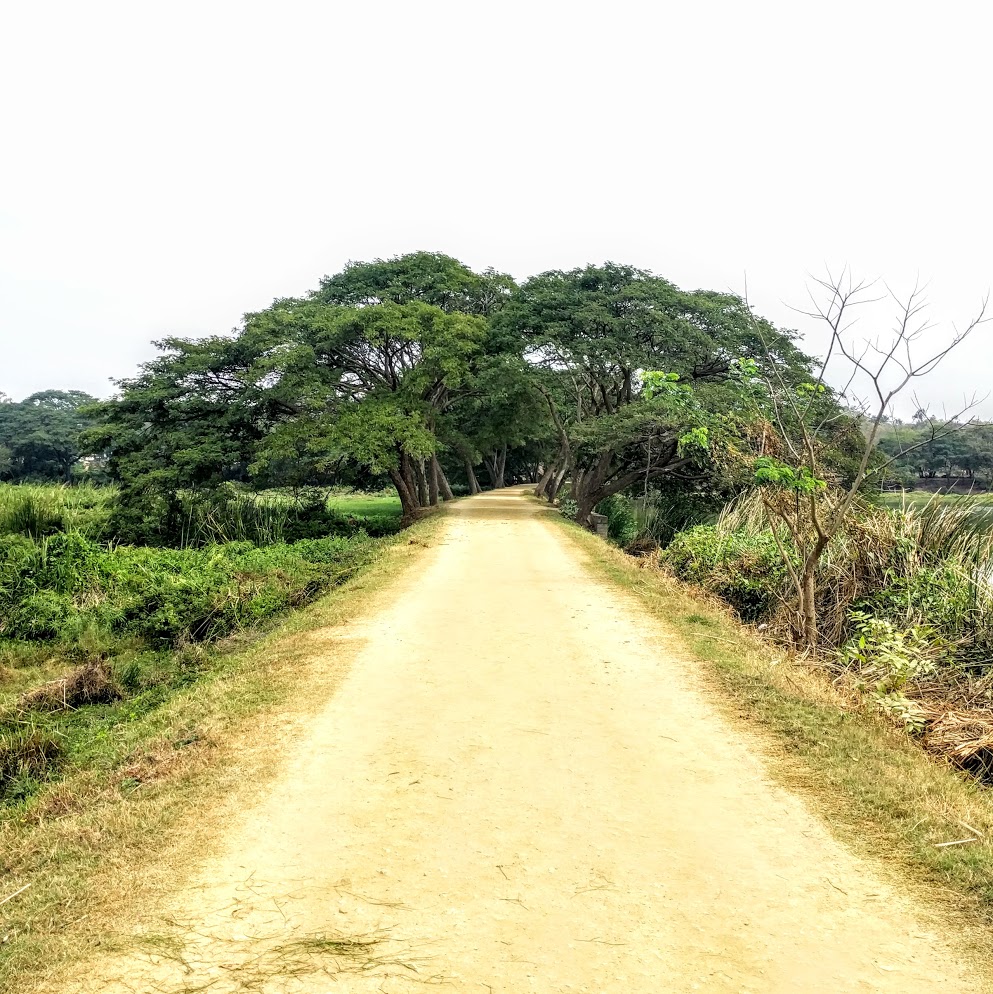
From Chennai I took an overnight sleeper train to Mysore. As soon as I stepped foot off of the station, I knew I would like this city. The air felt clearer, the streets less congested, and the people much warmer to their fellow passerbys. That soul that was missing from Chennai was vibrant and loud in Mysore. Though I only spent three days, I knew I could easily spend three months. I stayed at a hostel called Sonder northwest of the city center. I made fast friends with most of the hostel guests, and in particular connected really well with one of the volunteers, Brina, that had been working there for the past month. Brina and I went running around a beautiful lake just a mile away to join in on Ubaka U Rwanda’s annual Rafiki Run. I also saw the sun set from a temple on the nearby overlooking hill, visited the Mysore Palace and the Gardens, ate a fair share of classic South Indian fare (the open benne dosa at the nearby Dosa Point was one of my favorite meals I had my entire trip), picked up 2.5 kilograms of the highly popular sweet Mysore Pak, rode shotgun in a rickshaw, and still managed to get several hours of rest & relaxation.
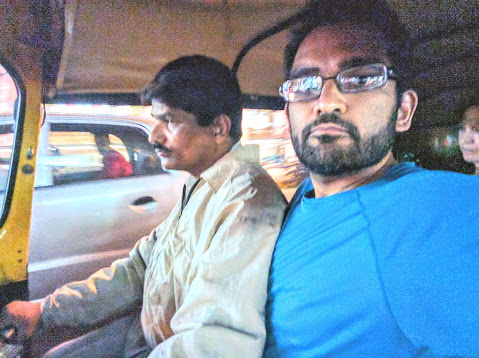
Coorg
From Mysore I took a bus west to Madikeri, the central hub of a beautiful region called Coorg. Coorg is known for its rolling green hills covered in coffee plantations. Little did I know that India produced a lot of its own coffee. I was in Madikeri on a holding pattern waiting for my cousin Swati and her husband Sid to meet me in a nearby town called Virajpet. They had won a free stay at a resort 10km away from the town center and invited me to join them. I came to Madikeri a day early to do some exploring on my own… and honestly I wish I had stayed in Mysore an extra day instead. There is not much in Madikeri - it’s a hill station that’s become too crowded for its own good. I didn’t do much other than walk around, dodge traffic, and drink coffee. There is some charm to that sort of simple itinerary, I just wish I did it in a different place.
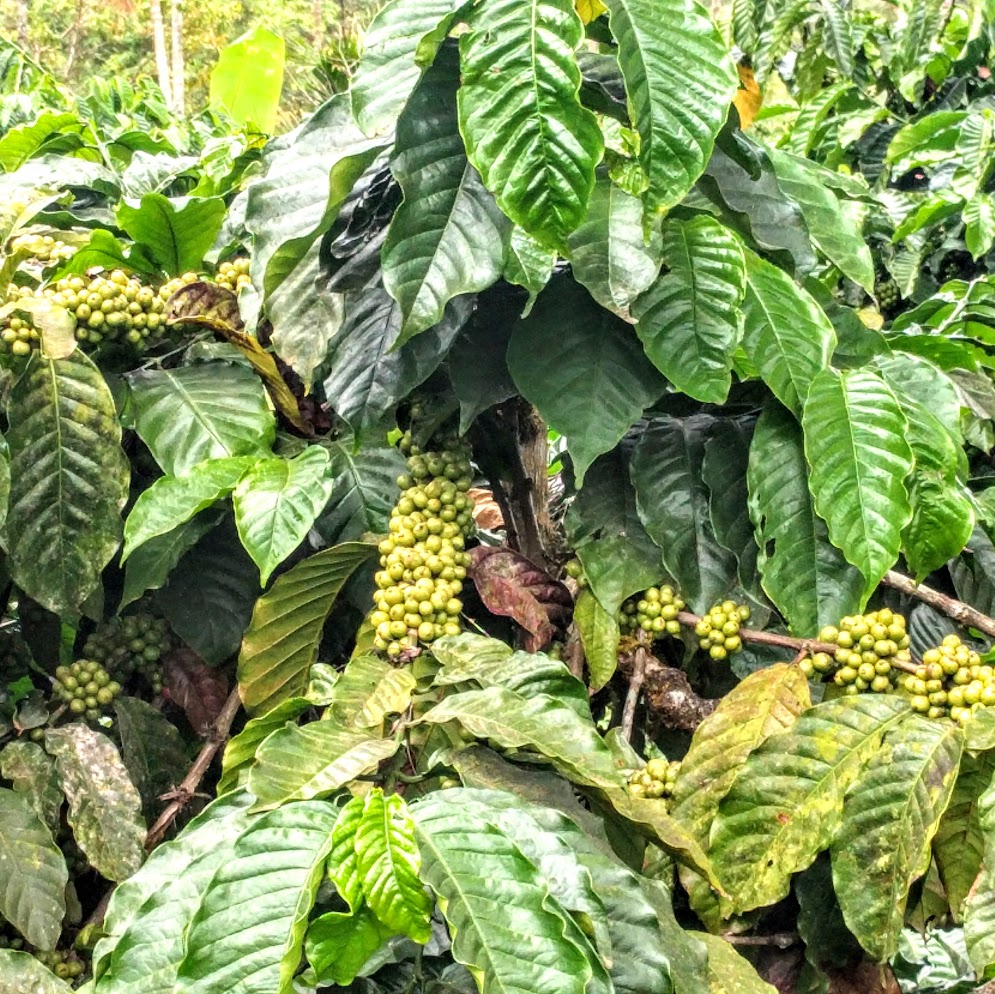
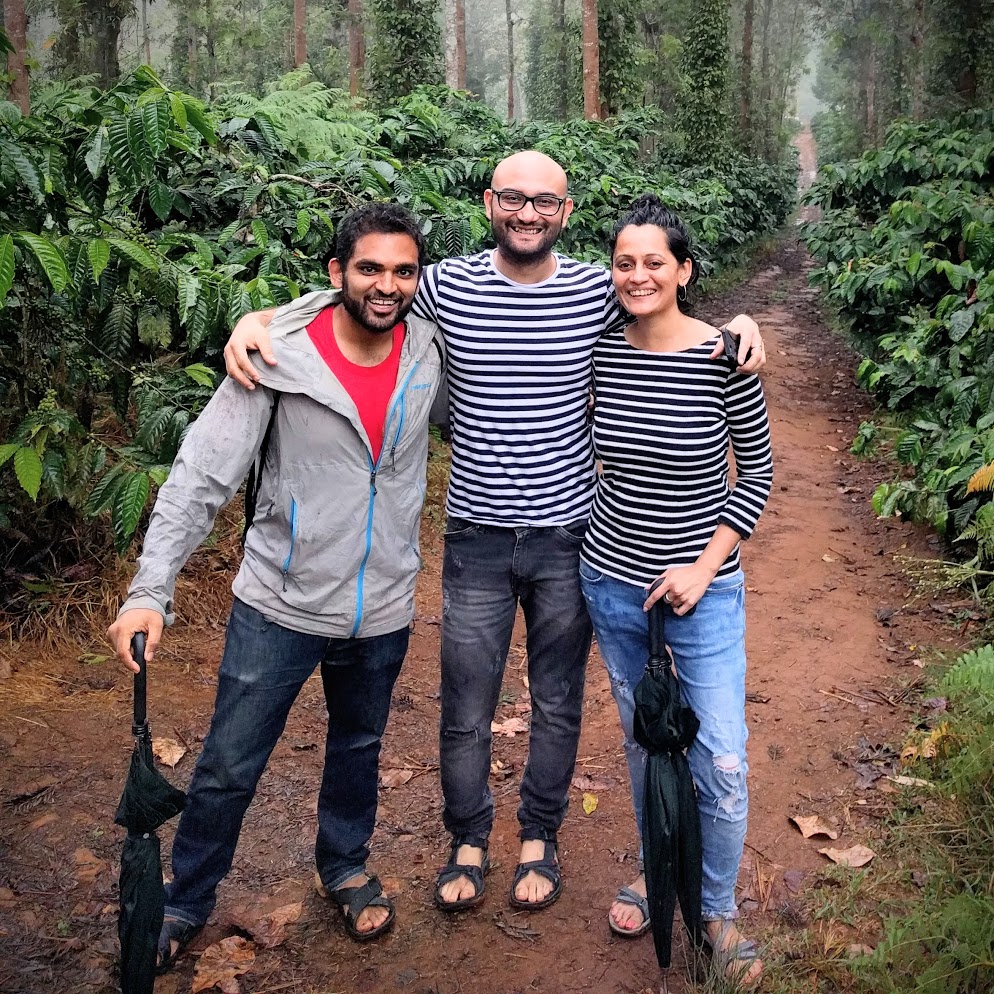
24 hours later Swati and Sid picked me up in their taxi on the way to the resort. While the resort itself wasn’t our cup of tea, the few days we spent together were another highlight of my year. The three of us connected on a great number of things, sharing a similar view on many facets of our life. This doesn’t happen often with my family, so it was a nice change of pace. And while the all-inclusive resort was designed for families that wanted more of an effortless get-away than for young travelers looking for an adventure, we made do with our own excursion. We ventured into nearby villages and made friends with some local shop owners - one of them ran the village’s coffee mill. We hitched a ride on the back of a pickup and ate lunch at a no-frills restaurant recommended to us by the local who sold us coffee grounds at a small trading post. The resort did have a really nice tour of their own coffee plantation - the guide gave us the basics and more of coffee making.
All in all, as with the general theme of my adventure, I’d like to come back and spend some more time in Coorg.
Bombay
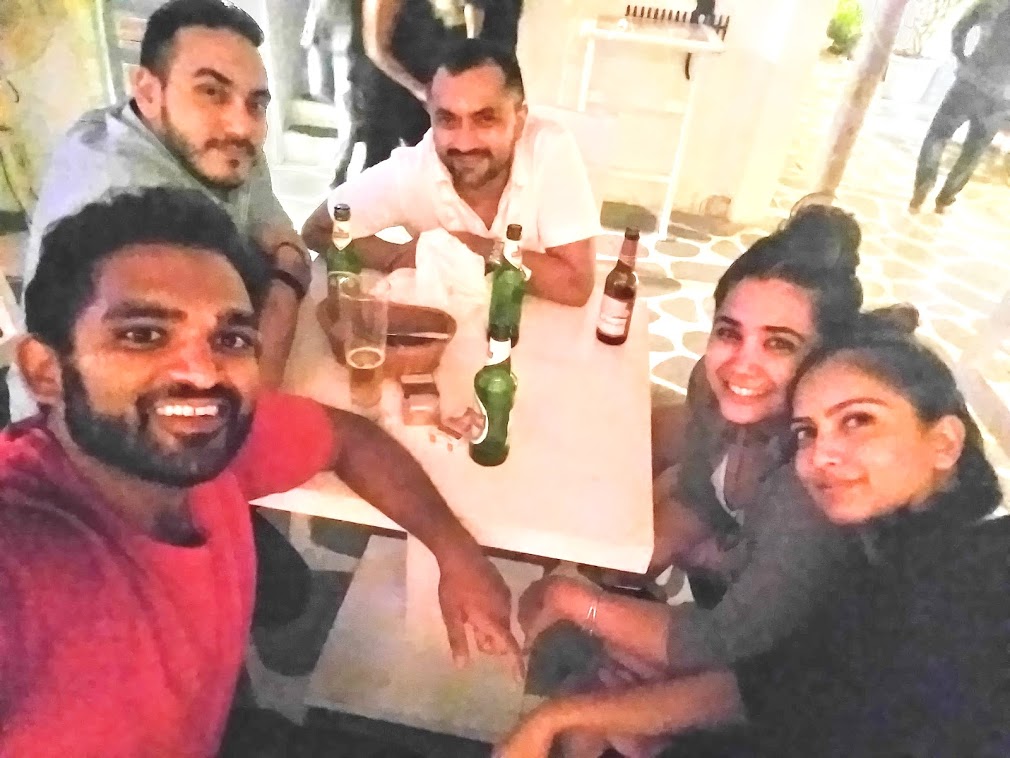
From Coorg, I made my way back to Bombay with a pitstop in Mangalore. I stayed alone in Versova at Swati and Sid’s place - they had stayed back in Coorg one extra night. As soon as I touched down in Bombay, I dropped my things at Swatis place and headed straight for Bandra for drinks with some new friends I made at the wedding. I felt like I was in a scene out of Shantaram - sitting a bar with locals that were all in the know with the in crowd. Folks came and left and everyone had some claim to some notable aspect of Indian pop culture and nightlife. Some worked with the biggest stars in Bollywood, others owned clubs and bars across the city. I was, frankly, the lamest person there. But hey, if a pig wears lipstick.
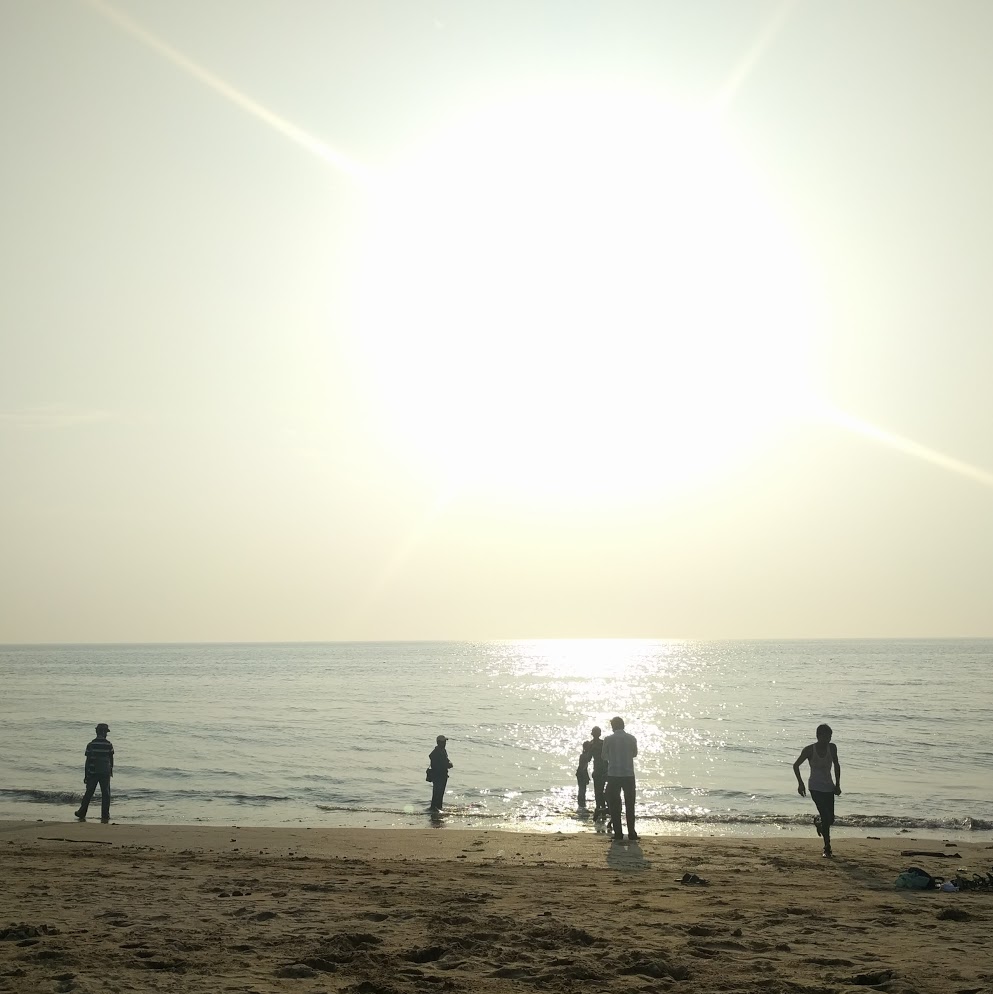
Versova is a lovely neighborhood, very different from a lot of other parts of Bombay. It’s along a beach, and probably the closest thing Bombay has to a Venice Beach or Santa Monica. For my last day in India, I walked around Versova, frequenting a couple cafes and visiting the beach. That night, I had dinner with another cousin Kavisa and then headed to the airport.
Mera Bharat Mahan
Visiting India this time was illuminating, above all else. It marked a very real change in my relationship with and responsibility to my family. It gave me confidence that I could survive on my own. It showed me the hard consequences of never taking the time to learn my mothertongue - I’ll always be an outsider, no matter how much I can initially blend in as a local. It reaffirmed the often forgotten reality that India is not just one thing, but a mixture of everything. The diversity extends to every aspect of life - language, religion, culture, terrain, philosophy, and the arts. It is at the same time antiquated and ahead of its time. It is both pristine and filthy, progressive and traditional, welcoming and cold-hearted. India can be wonderfully amazing and India can be brutally awful. To characterize it in any one way would be like describing a single die by only one of its faces.
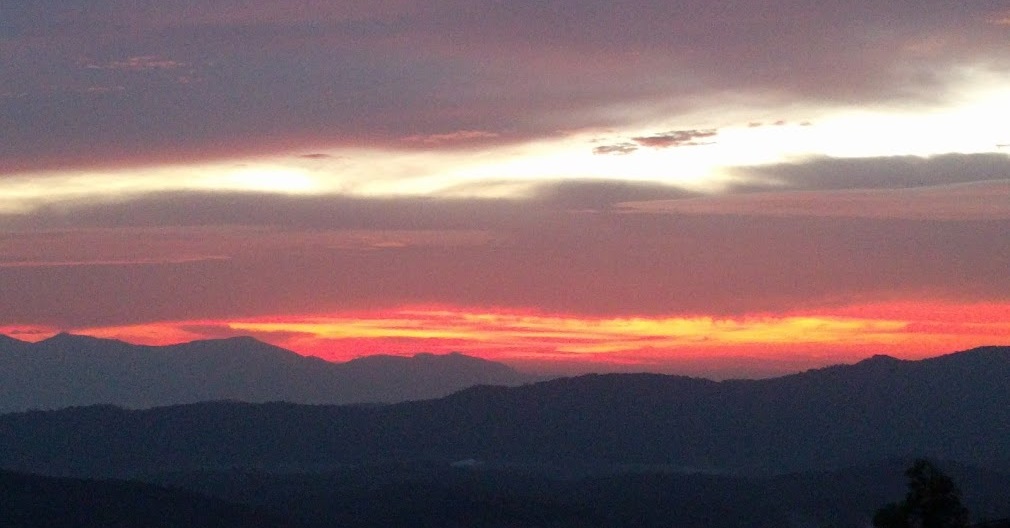
But regardless of what India I would experience in any given day, in the words painted on almost every Bombay rickshaw, Mera Bharat Mahan - My India is Great.
